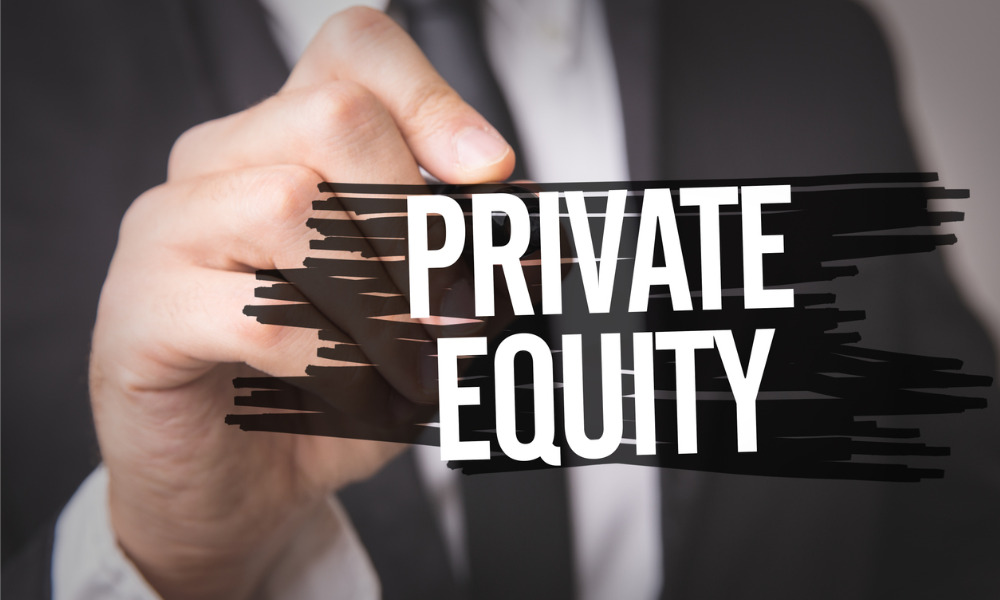

The largest US pension fund is ramping up its exposure to private equity and private credit in a $34 billion bet that the riskier assets will fuel higher returns.
The board of the California Public Employees’ Retirement System voted to boost the target allocation for private equity to 17% of its portfolio, up from 13%. It also approved increasing private credit to 8% from 5%. Based on current values, that works out to about $34 billion aimed for private equity and credit, while CalPERS plans to pare its exposure to publicly traded stocks and bonds.
The shift reflects confidence that CalPERS can ferret out attractive investments even as the fund significantly downgraded the expected 20-year returns from private equity in its latest market survey, citing increased financing costs. The $490 billion pension fund adopted the new asset mix following a mid-cycle review based on updated market assumptions.
CalPERS is currently searching for a new chief investment officer after Nicole Musicco’s abrupt resignation in September, less than two years after she took the reins. The next investment chief will face a 6.8% return target. If CalPERS falls short, municipalities across California could be forced to make up the difference or even cut services to meet obligations.
The new allocation goals further CalPERS’ expansion into private equity during recent years, after leaders said the pension fund missed out on an earlier boom. But the successive resignations of two chief investment officers, along with a recent downturn in private equity dealmaking, have complicated the strategy.
Mullissa Willette, a CalPERS board member, had wanted the pension fund to delay the change in allocation targets until the next asset review cycle, when a new investment chief is expected to be in place.
“I’m more comfortable waiting for a new CIO to come on board” who will likely reassess the asset allocations, she said during a committee meeting. “And then we’ll be doing this all again in 18 months.”
Even as CalPERS is seeking to raise its exposure to private equity, it had a $6.83 billion under-allocation to the asset class compared with its previous investment target. That was the largest gap among 352 pensions surveyed by S&P Global Market Intelligence as of October 2023.
Major unions, which can sway the CalPERS board, have criticized the labor practices of some private equity dealmakers and pushed the fund to adopt a more watchful stance while adding to its investments.
“As we get more into private equity we’re going to find ourselves more frequently facing questions around the organizations that we’ve partnered with,” CalPERS board member Lisa Middleton said. “That’s going to require a tremendous amount of commitment within the investment office to to avoid those kinds of exposures.”
In its latest market survey, CalPERS cut the expected 20-year return on private equity to about 7.9% due to increased financing costs while increasing expected returns for private credit to 7.2%.
CalPERS has recently committed nearly $2 billion into two private debt funds, Ares European Credit investment VII and Ares Senior Direct Lending Fund III, according to a board disclosure document.

Relationships are key to our business but advisors are often slow to engage in specific activities designed to foster them.

Whichever path you go down, act now while you're still in control.

Pro-bitcoin professionals, however, say the cryptocurrency has ushered in change.

“LPL has evolved significantly over the last decade and still wants to scale up,” says one industry executive.

Survey findings from the Nationwide Retirement Institute offers pearls of planning wisdom from 60- to 65-year-olds, as well as insights into concerns.
Streamline your outreach with Aidentified's AI-driven solutions
This season’s market volatility: Positioning for rate relief, income growth and the AI rebound
